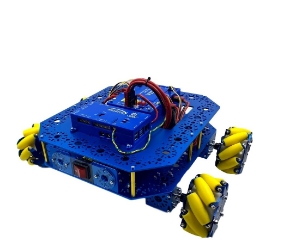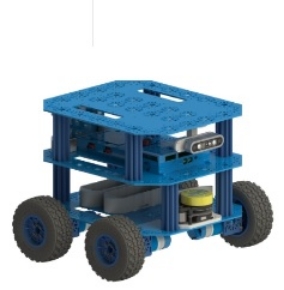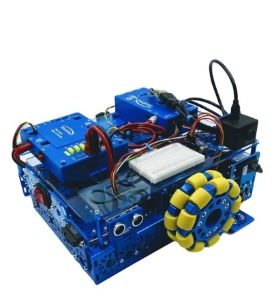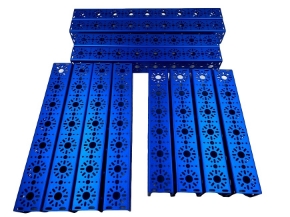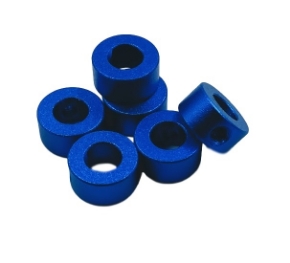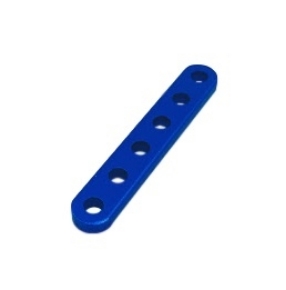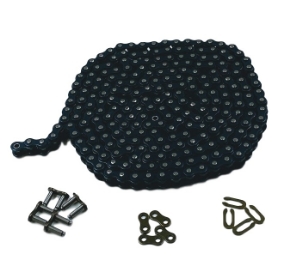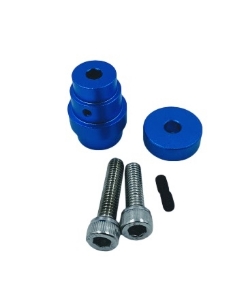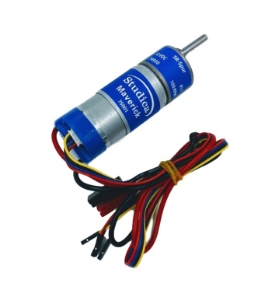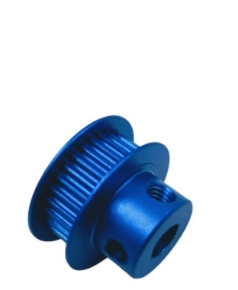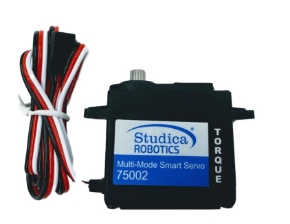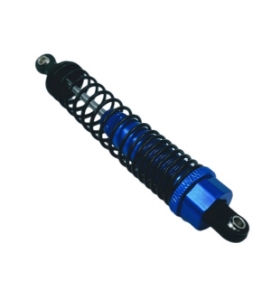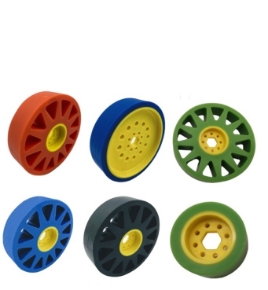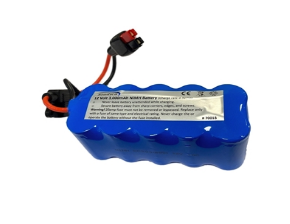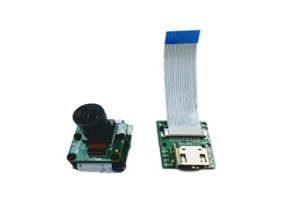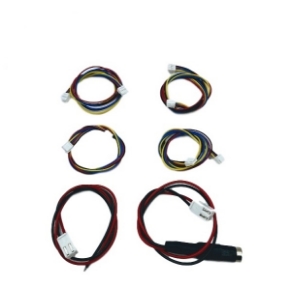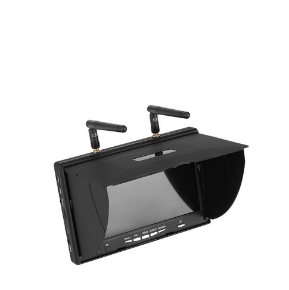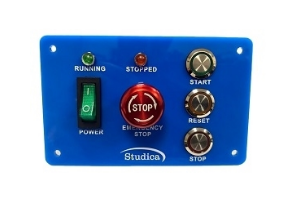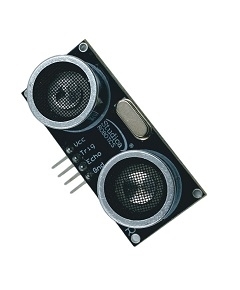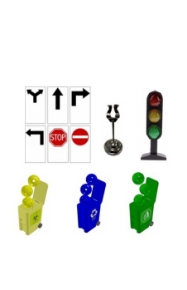Why Robotics for STEM Education?
Our comprehensive robotics building platform of safe, versatile, durable robot parts and kits are ideal for use in your STEM classroom. The STEM BOT Pro Kit includes controllers, structure, hardware, motion components and build instructions to equip you with what you need to get started with your design builds. This unique kit answers the question, Why Robotics for STEM Education? Here is how you can incorporate mobile robotics technology into your STEM classroom:
Teach Programming Skills:
Students can apply valuable programming skills to their intelligent robot with Java and C++ to program a robot’s movements, actions, and interactions. Begin with simple commands and gradually introduce more advanced programming concepts as your students gain proficiency and confidence.
Integrate Robotics Instruction into your STEM Lesson Plans:
Projects and activities incorporating robotics instruction into your existing STEM lesson plans can reinforce the concepts taught in science, mathematics, engineering, and technology. Students can apply theoretical knowledge to real-world problems and challenges with robotics build designs.
Encourage Exploration and Experimentation:
Provide opportunities for your students to explore and experiment with robotics through open-ended challenges, design projects, and classroom competitions. Encourage creativity and innovation by allowing students to design, build, and modify their robots to achieve specific goals or objectives.
Facilitate Collaborative Learning:
To encourage collaboration and teamwork among students, projects can be initiated with activities requiring groups of two to four individuals to work together to solve problems using robotics designs. Encourage communication, cooperation, and a division of tasks to facilitate and effectively achieve common objectives.
Emphasize Critical Thinking Skills:
Utilizing robotics challenges and activities can develop a student's critical thinking skills and critical thinking abilities. Present real-world problems or scenarios that require students to analyze, strategize, and implement solutions using robotics principles and techniques.
Cross-Curricular Connections:
Robotics activities and projects integrated across multiple subjects and disciplines can demonstrate the interdisciplinary nature of STEM education. Connections between robotics and topics such as physics, biology, geography, and computer science provide a holistic learning experience.
Assess Student Learning:
Assess student learning and progress through formative and summative measurements that evaluate their understanding of robotics concepts, programming skills, and ability to apply knowledge to solve problems. Use rubrics, quizzes, projects, and presentations to assess student performance and provide feedback for improvement.
Promote Reflection and Iteration:
Encourage your students to reflect on their experiences, successes, and challenges with their robotics projects and build designs. Facilitate discussions and debriefs to help students identify lessons learned, areas for improvement, and strategies for future development of their projects.
Student Work:
Highlight your students' robotics projects and accomplishments through presentations, demonstrations, and classroom competitions. Recognize achievements and their efforts to further their learning and engagement with STEM and robotics.
Integrating mobile robotics into your STEM curriculum with the STEM BOT Pro Kit and the Studica Robotics platform, you can create an engaging and interactive learning environment that empowers students to develop essential STEM skills and competencies while fostering creativity, innovation, and collaboration.

